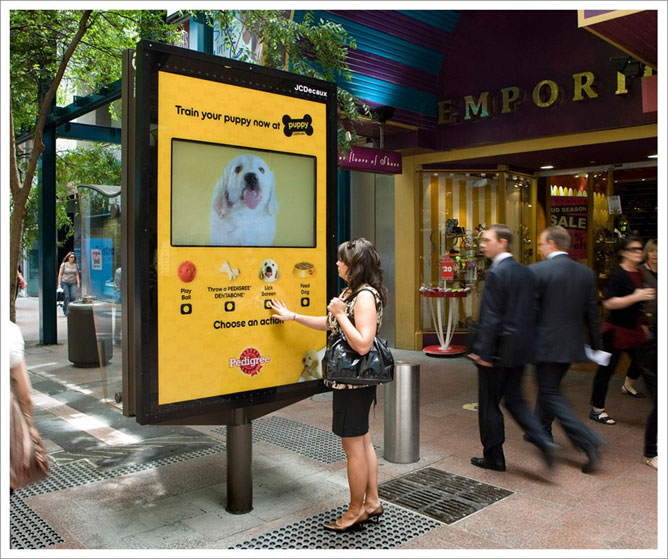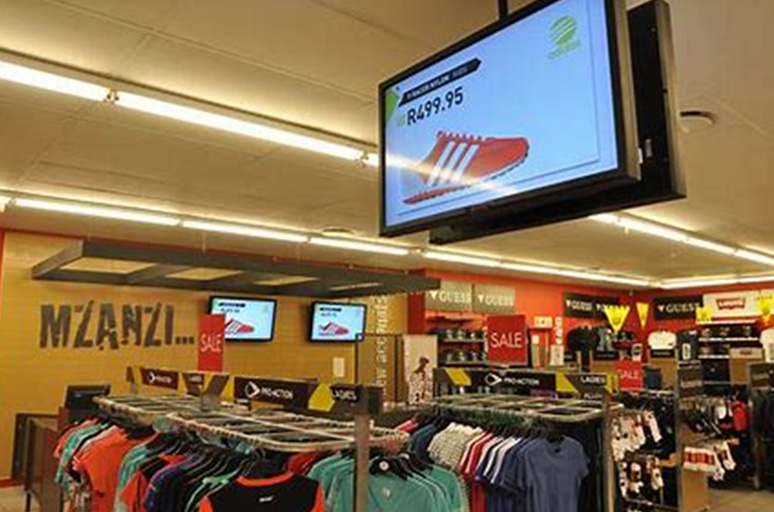Interactive kiosks have changed how businesses and public services interact with customers and users. These versatile, self-service stations are everywhere, from airports and shopping malls to hospitals and museums. These kiosks significantly enhance customer experiences by providing quick access to information, reducing wait times, and offering convenient self-service options.
If you’re considering installing interactive kiosks but don’t know where to start, this guide covers everything you need to know. From understanding the different types of kiosks and their benefits to learning best practices for implementation, you’ll find all the essential information to make an informed decision and ensure a successful deployment.
What is an interactive kiosk?
An interactive kiosk is a self-service device that allows users to perform various tasks and access information without requiring direct staff assistance. These kiosks are equipped with touchscreens and sometimes other input methods like keyboards or card readers, enabling users to interact with the system in an intuitive and efficient manner.

Interactive kiosks are used in a wide range of environments, including retail stores, airports, hospitals, and museums. They serve multiple purposes, such as information dissemination, wayfinding, self-service transactions, and interactive advertising. By providing a user-friendly interface and immediate access to services, interactive kiosks enhance customer experience, increase operational efficiency, and offer businesses valuable insights through data collection.
Benefits of Interactive Kiosks
Here are some benefits of implementing interactive kiosks:
- Enhanced customer experience: Interactive kiosks provide users with immediate access to information and services, improving convenience and satisfaction.
- Operational Efficiency: By automating routine tasks, kiosks free up staff to focus on more complex customer service needs, thus improving overall operational efficiency.
- Cost Savings: Kiosks reduce the need for additional staff, leading to significant cost savings over time.
- Data Collection: Kiosks can collect valuable user data, offering insights into customer behavior and preferences, which can be used to refine services and marketing strategies.
- 24/7 Availability: Many interactive kiosks can operate round the clock, providing services and information outside of regular business hours.
Types of interactive kiosks
Let’s move forward to the different types of interactive kiosks to understand the one best suitable for your needs.
Information Kiosks
These kiosks provide users with information on various topics, such as directions, schedules, and general inquiries.

Common Uses: Museums, airports, universities, and shopping malls.
Retail Kiosks
Designed for shopping-related activities, retail kiosks allow customers to browse products, check prices, and make purchases.

Common Uses: Retail stores, malls, and trade shows.
Self-Service Kiosks
These kiosks offer services that users can perform without staff assistance, such as check-ins, payments, and registrations.

Common Uses: Airports (for check-in), hospitals (for patient registration), and banks (for ATM services).
Wayfinding Kiosks
Equipped with interactive maps, these kiosks help users navigate large or complex environments.

Common Uses: Universities, shopping centers, and large corporate campuses.
Interactive Advertising Kiosks
These kiosks engage users with advertisements they can interact with, often integrating gamification or social media.

Common Uses: Retail environments, trade shows, and urban centers.
Digital Signage Kiosks
Combining traditional signage with interactive elements, these kiosks display information dynamically.

Common Uses: Public transportation hubs, events, and corporate lobbies.
Conclusion
Interactive kiosks are a powerful tool for enhancing user engagement, improving operational efficiency, and providing a wide range of services. By understanding the various types of kiosks, their benefits, and best practices for their implementation, businesses, and organizations can leverage this technology to meet their specific needs and drive growth .As technology advances, the capabilities and applications of interactive kiosks will continue to expand, offering even greater opportunities for innovation and improvement.
Best Practices for Implementation
Now that you know the types of interactive kiosks, let’s see how you can implement them.
User-friendly interface
Design the kiosk interface to be intuitive and easy to navigate, accommodating users of all ages and tech-savviness levels.
Regular Maintenance
Ensure that kiosks are regularly maintained and updated to prevent technical issues and security vulnerabilities.
Accessibility
Implement features such as text-to-speech, adjustable screen heights, and multilingual support to make kiosks accessible to all users, including those with disabilities.
Strategic placement
Position kiosks in high-traffic areas where they are most likely to be seen and used by the target audience.
Security measures
Incorporate robust security features to protect user data and prevent unauthorized access or tampering.
Integration with Other Systems
Ensure that kiosks are integrated with existing systems, such as inventory management or customer relationship management (CRM), to provide a seamless user experience.
Feedback Mechanism
Include a way for users to provide feedback on their experience with the kiosk, which will help identify areas for improvement.
Future Trends in Interactive Kiosks
Here are some future trends in interactive kiosks you must keep up with:
Artificial Intelligence (AI) and Machine Learning
AI can enhance kiosks with features like personalized recommendations, voice recognition, and predictive analytics.
Augmented Reality (AR) and Virtual Reality (VR)
AR and VR can provide immersive experiences that are particularly useful in retail and educational settings.
Mobile Integration
Increasingly, kiosks will interact with users’ mobile devices, allowing for seamless transitions between kiosk and smartphone interactions.







































